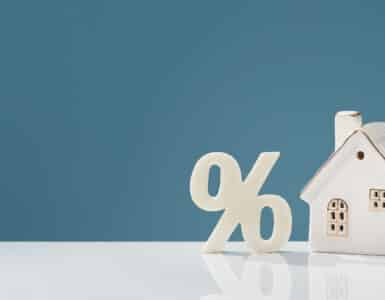Women are winning at college — at least judging by the gender ratio. They earn 57 percent of bachelor’s degrees at American colleges and universities, according to a new report by the American Association of University Women (AAUW). But when it comes to debt, they’re falling behind.
Women owe almost two-thirds of outstanding student loan debt, says Kevin Miller, senior researcher at AAUW. This is partly due to the fact they take on an average of $1,500 more debt than men earning bachelor’s degrees. Combine that with the gender pay gap that starts right after college — just one year out, women are paid around 18 percent less than men according to AAUW — and only widens over time, and you’ll understand why women take an average of two years longer to pay their loans back. These numbers aren’t comforting, but with time and determination, women can make headway. If you’re a female grad with considerable student loan debt (or a male one for that matter), here’s what to prioritize.
Take stock.
Start by getting a clear inventory of the loans you’ve got, their amounts and interest rates. Pay particular attention to federal loans vs. private ones. A couple of tools to help with your effort: Visit StudentLoans.gov and log in with your federal student aid username and password (the same information you used for the FAFSA). There’s a tool called the Repayment Estimator that will import student loan information from the federal database and display how much you owe on your federal student loans. For even more detail, visit the National Student Loan Data System website at NSLDS.ed.gov.
For private student loans, there’s no central source of information, but if you’re having trouble taking stock, you can nail them down by obtaining a copy of your credit report, says Heather Jarvis, an attorney specializing in student loan education. Head to AnnualCreditReport.com and download your reports from all three credit reporting agencies, which is free to do once a year. Any listed student loans that you didn’t find on the federal database are likely private, and they’ll have the name of the lender or loan servicer.
Size up your loans.
Once you know what you’re working with, it’s important to remember the difference between federal and private student loans. They’re equally important to repay, but they can require different repayment strategies — especially since private student loans are likely to have variable interest rates (meaning the cost of borrowing can go up over time). It’s a good idea to check the promissory note — which you can request from the lender — to avoid surprises when it comes to repayment terms and to see if you have a co-signer. (I know you’d think these things would be second nature, but many people are surprised). With federal student loans, on the other hand, borrowers have a significant amount of flexibility in how to repay.
Consider your repayment options.
Depending on your career goals, there might be ways to take advantage of the variety of federal repayment options available to lower and manage your monthly payment. The Repayment Estimator tool on the site should display your different repayment options. If you’re feeling strapped by your monthly payments, pay particular attention to income-driven repayment plan, says Martha Savery, director of public affairs at the Massachusetts Educational Financing Authority (MEFA). These plans take your income and family size into account to deem a new, more affordable monthly student loan payment, which often hovers around 10 percent of discretionary income.
Look at refinancing.
You also have the option to refinance your student loans through lenders including your banks, credit unions, and other private lenders. Essentially, these refinancers consolidate your different loans to create one new loan with a lower interest rate and lower monthly payment. Different refinancing options include variable rate (interest rates go up and down with the market but likely a lower total cost in long run), fixed rate (locked-in low interest rates and monthly payments but likely a higher total cost in long run) and hybrid rate (a combination — rates are fixed for five years, then variable for five years). Refinancing is a good option for some, but there’s a catch: Refinancing federal student loans voids your access to federal repayment options like income-driven repayment plans, deferment and forbearance (in case you need to temporarily stop making or reduce the amount of your payments). It’s important to weigh the pros and cons before making the decision to refinance.
Save your co-signer.
If you have a co-signer on a private student loan, know that some loan contracts will release co-signers after certain stipulations are met. It’s a good idea to look into this for both your sake and the co-signer’s (if you default, they’re obligated to pay, and if something happens to them, your loan could go into default and become due immediately). Ask your lender directly (calling might be best) if they offer co-signer release and what the terms are (it usually involves a specific number of consecutive on-time payments and a credit check). Once you’ve met the requirements, send your lender a letter to request your co-signer’s release. The Consumer Financial Protection Bureau (CFPB) has language you can use here, under option four.
With Hayden Field






